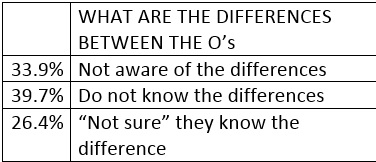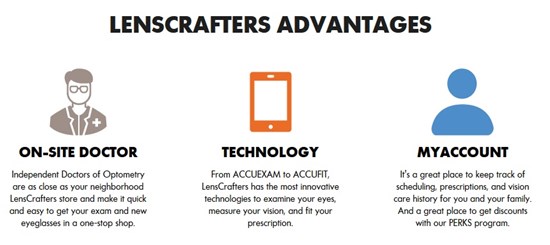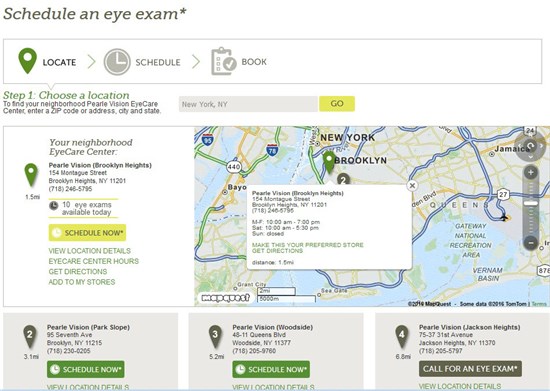
Jan. 6, 2016
You may have some work to do educating your community about your services, findings from The Vision Council’s May 2015 VisionWatch Think About Your Eyes Awareness Study suggest. Some 33.9 percent say they are not aware of the differences between the types of eyecare professionals in the U.S. That compares to 39.7 percent who say they do know the difference between ECPs, and 26.4 percent who are “not sure” they know the difference.
Visiting the practice of one of the three O’s in eyecare (opticians, optometrists, and ophthalmologists) is often the first entry into healthcare for many people. So, what are the differences between the three O’s? The Vision Council’s May 2015 VisionWatch Think About Your Eyes Awareness Study shows us that people do not understand the differences. One-hundred percent of the people surveyed either are not aware of the differences, do not know the differences or are “not sure” of the differences. Here’s the actual breakdown.

The first question that comes to mind is, if 100 percent of people do not understand the differences between the three O’s, does it really make a difference to anyone other than us? Let’s put turf wars aside and focus on getting people the care they need and deserve.
The key question to answer is: Why should I as a patient seek care in your practice? Here are three examples of how different eyecare companies have answered this question.
EXAMPLE 1: LENSCRAFTERS
Let’s start with Lenscrafters.
Note that the marketing people at Lenscrafters chose to use the terminology “Doctors of Optometry” in their Lenscrafters Advantages section. There is no mention of opticans or ophhalmologists. Lenscrafters in this section of their marketing spends no effort trying to differentiate between the three O’s. Instead, the focus of the marketing here is “innovative technology” to “make it quick and easy to get your exam and new eyeglasses in a one-stop shop.”
EXAMPLE 2: PEARLE VISION
Doing a Google search using the words “Opticians near me” gave the top three results as: Pearle Vision, Harris Opticians and Powell Vision Center. Your results will vary based on your location.
Clicking on the number one listing, Pearle Vision, took us to this web page.
The asterisk after Schedule an Eye Exam is defined at the very bottom of the webpage as “*Eye exams available by Independent Doctors of Optometry at or next to Pearle Vision in most states. Doctors in some states are employed by Pearle Vision.”
There is no attempt to define the three O’s by Pearl. The marketing here is all about scheduling an eye exam. Note the “10 eye exams available today” on the webpage. If I am a patient wanting an eye exam today, this marketing exactly targets my need – it’s close and it’s available.
EXAMPLE 3: COMPREHENSIVE EYECARE OF CENTRAL OHIO
Doing a Google search using the words “ophthalmologists near me” gave the following top three results: Comprehensive Eyecare of Central Ohio, Pediatric Ophthalmology Services, and Central Ohio Ophthalmology, Inc. Again, your results will vary based on your location.
Clicking on the number one listing, Comprehensive Eyecare, takes us to a web page that begins with: “An Experienced Staff. A Partnership for Health. The eye doctors of Comprehensive EyeCare are progressive and visionary leaders in the field of ophthalmic and optometric care — a collective partnership committed to working with you for your health and visual wellness.”
This is followed by descriptions of the educational background and professional interests of each of the three ophthalmologists and two optometrists who work in the practice. There is not an attempt to highlight the differences between the three O’s. The marketing focus on this page is confirming that the “eye doctors of Comprehensive EyeCare are progressive and visionary leaders in the field of ophthalmic and optometric care — a collective partnership committed to working with you for your health and visual wellness.”
As you think about your practice, what is your marketing message? It is interesting to know the differences between the three O’s, but the focus should be on your marketing message that gets patients into your chair. Once patients are in your chair, then they can be guided appropriately based on their needs.
Take this week to review your primary marketing message. Does your message communicate as clearly as the three examples we reviewed in this article? More importantly, does it resonate with patients? Most importantly, is your marketing message putting patients into your chair?



























